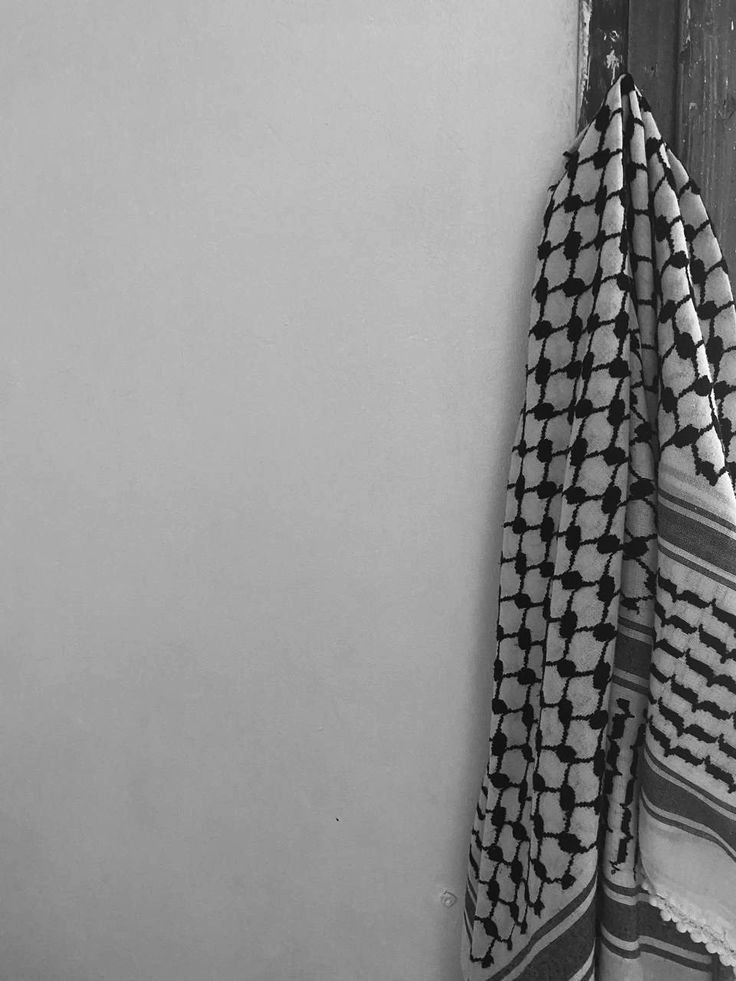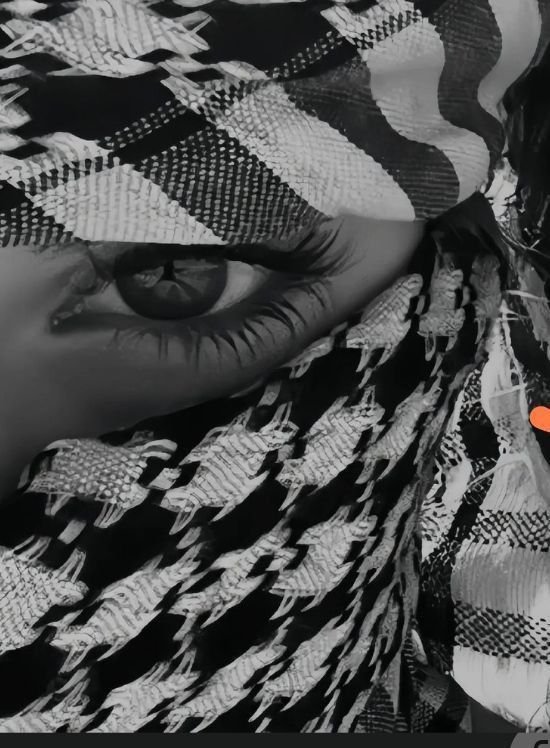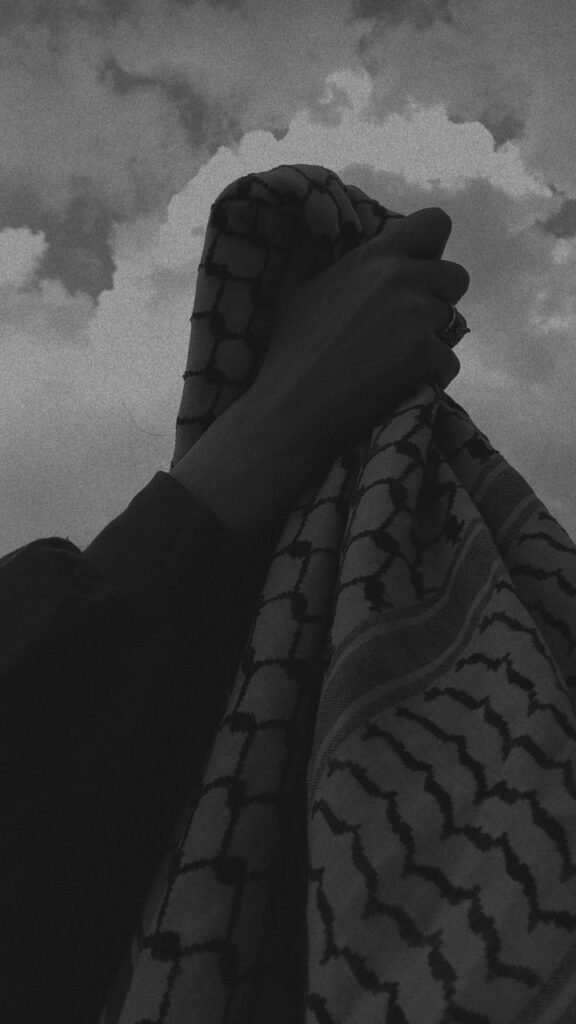New to the keffiyeh or looking for clear guidance before you buy? This Keffiyeh FAQ page collects the most common questions with simple, trusted answers.



A keffiyeh is a square cotton scarf with a check pattern. It protects from sun and dust and carries deep cultural meaning, especially in Palestine. Many people also call it a kufiya or kuffiyeh.
Global news and social media brought new attention to the scarf. People wear it for comfort and to show support for Palestinian identity and justice. Fashion also helped more people discover it.
The words overlap. Keffiyeh and kufiya are common in Palestine. Shemagh and ghutra are widely used in Jordan and Gulf countries. The shapes are similar but patterns and meanings can differ.
Interpretations vary. The pattern is closely linked with Palestinian identity and public life. You may also see red and white patterns in other regions. Choose what feels true to you.
Fold to a triangle. Place the long edge across your chest. Wrap the ends around your neck and tie once. Tuck the ends for a neat look and adjust for comfort.
Fold to a triangle. Place the fold across the forehead. Bring both ends behind the head and cross them. Bring them forward and tie or tuck. Practice once or twice and it becomes easy.
Most keffiyehs are about 120 by 120 cm. That size gives a good drape for scarf and head styles. Smaller sizes work for kids or a light neck wrap.
Cotton gives soft drape and breathes well. Some blends add strength or warmth. If you want classic feel, choose 100 percent cotton with a balanced weave.
Look for clear origin, close photos of the weave, and proper labels. Read about the maker. Honest stores show edge stitching, tassels, and measurements so you know what you are buying.
Yes. Check weave density, softness, and finishing at the corners. Well made keffiyehs keep their shape, tassels are even, and edges do not curl after washing.
Use cold water and a gentle cycle or hand wash. Do not use bleach. Air dry flat or on a rack. This keeps the drape and protects the tassels.
Many people do. The kind approach is to learn what it means and to buy from makers who state the origin clearly. Wear it with respect and be open to conversation.
It can be personal, cultural, practical, or political depending on the wearer. For many it is a daily scarf. For others it is a visible link to heritage and solidarity.
Cotton breathes and layers well. In summer it shields from sun and wind. In winter it adds a warm layer at the neck or over a coat.
Black and white is most associated with Palestine. Red and white is common in Jordan and the Gulf. Both are traditional. Choose the look and story you prefer.
Yes. Choose a finer weave in a classic pattern. Drape it over the shoulders or fold neatly as a scarf. Keep the rest of the outfit simple.
Yes. We offer fast global shipping with tracking. Delivery times and rates appear at checkout based on your location.
Feel Free to Contact us if you’d like to contribute to our Keffiyeh FAQ Page or Ask any questions about the scarf.